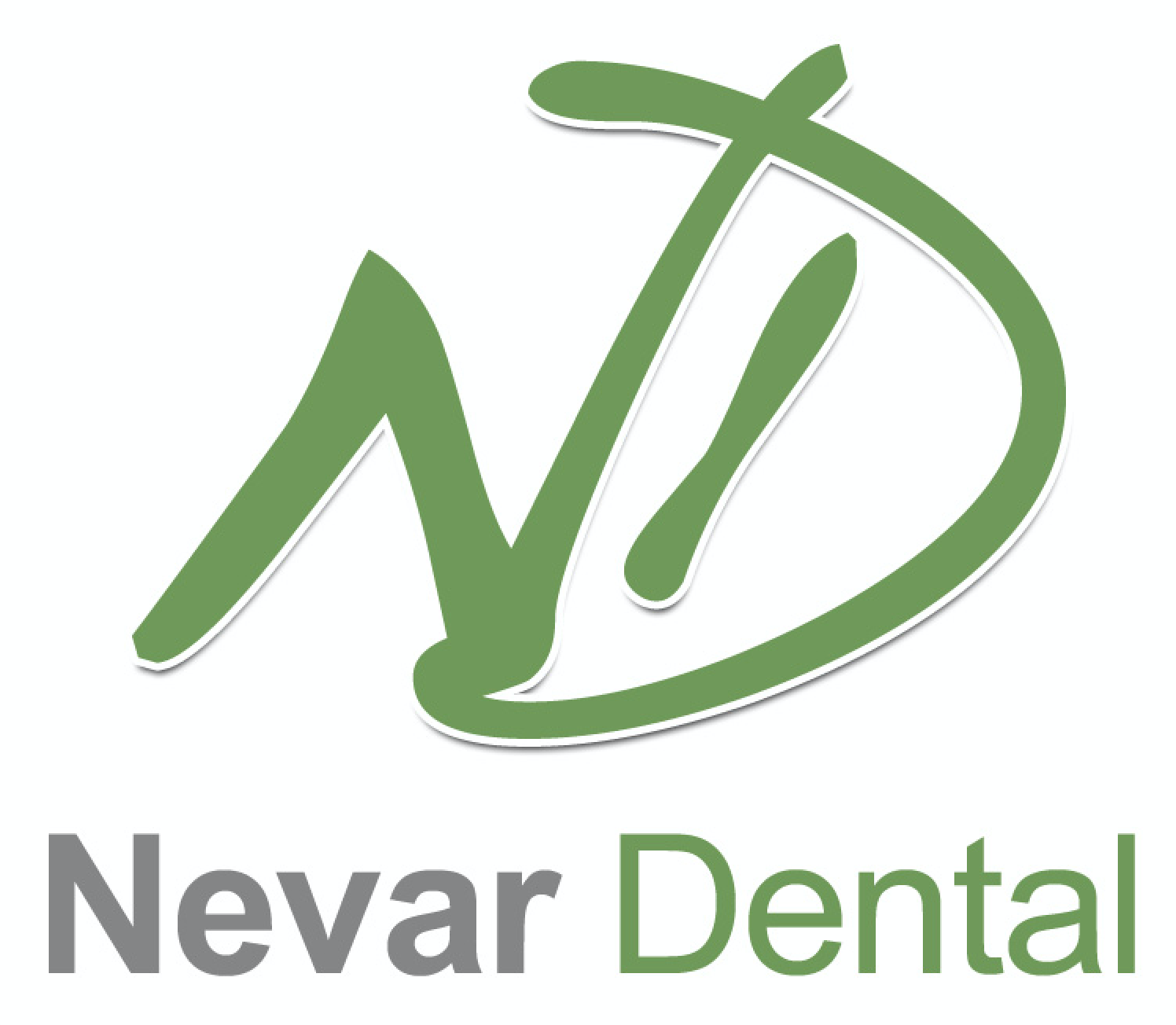
Pediatric
Happy Visits
Parents should consider having their child first seen by a dentist around 3 years of age. A child at this age typically has most (if not all) of their twenty primary teeth and an increased ability to follow basic instructions given by the dentist.
A positive first experience, combined with early detection of cavities and intervention when dietary risk factors are suspected, is crucial to forming a happy and long-lasting relationship with the dentist.
A Happy Visit is a short, fun-filled appointment designed to be a positive first experience that introduces the child to the dentist and the equipment and tools used to clean and examine their teeth.
Happy Visits are free of cost and may be scheduled independently or in conjunction with parental appointments.
Fillings
Primary teeth are precursors to permanent teeth that will begin to emerge around 6 years of age and continue until 12-13 years of age (excluding wisdom teeth which arrive between 18-21 years of age).
They serve the important role of holding space for wider permanent teeth to replace them later on. For this reason, it is recommended that primary teeth be preserved until near exfoliation through early detection and treatment of cavities.
We offer both silver and tooth-colored fillings (parents may specify preference).
Tooth Extractions
Removal of primary teeth is typically recommended when infection is present that may cause damage to developing permanent teeth underneath.
It is also recommended in cases of retention of primary teeth when underlying permanent teeth have emerged or upon referral from orthodontists seeking to lessen the effect of crowding during treatment.
Medicated Fillings (Pulpotomies)
Due to the root anatomy of primary teeth and eventual root resorption as permanent teeth erupt underneath, root canal therapy is not an option for infected primary teeth as it is for their permanent teeth replacements.
However, extraction is not always recommended especially when replacement permanent teeth are far from emergence.
Medicated fillings in primary teeth treat the source of infection and allow preservation of space, often long enough for the replacement tooth to near emergence.
Fluoride Treatment
Fluoride hardens teeth and makes them more resistant to cavities. Topical forms, such as rinses and in-office applications of fluoride trays and varnishes, are best suited for hardening the external surface of primary teeth and root surfaces of permanent teeth exposed by gum recession.
Systemic forms, such as fluoridated water and fluoride tablets (prescribed when residential water supply is non-fluoridated), help to strengthen teeth internally during formation.
Residential water fluoridation, caries risk and age are evaluated prior to recommending fluoride treatment for your child.
Sealants
Sealants are an effective way to prevent decay in deep grooves of permanent molars, which are most susceptible to cavities due to the depth of the grooves and difficulty cleaning these areas.
Sealants are well-tolerated as the procedure is non-invasive and does not require the use of anesthetic. They are generally recommended soon after eruption of 6-year and 12-year molars, prior to prolonged exposure to oral bacteria and resultant decay.
Monitoring Permanent Tooth Eruption
During routine exams the eruption of permanent teeth will be closely monitored. Referral to an orthodontist will be made when intervention is necessary to relieve crowding and resultant poor alignment of teeth.
Bite abnormalities resulting from jaw discrepancies (ie. overbite or underbite) or intraoral habits (ie. finger sucking) will also be evaluated and referred for early orthodontic intervention as many conditions are easily treated when identified prior to full eruption of the permanent dentition.
